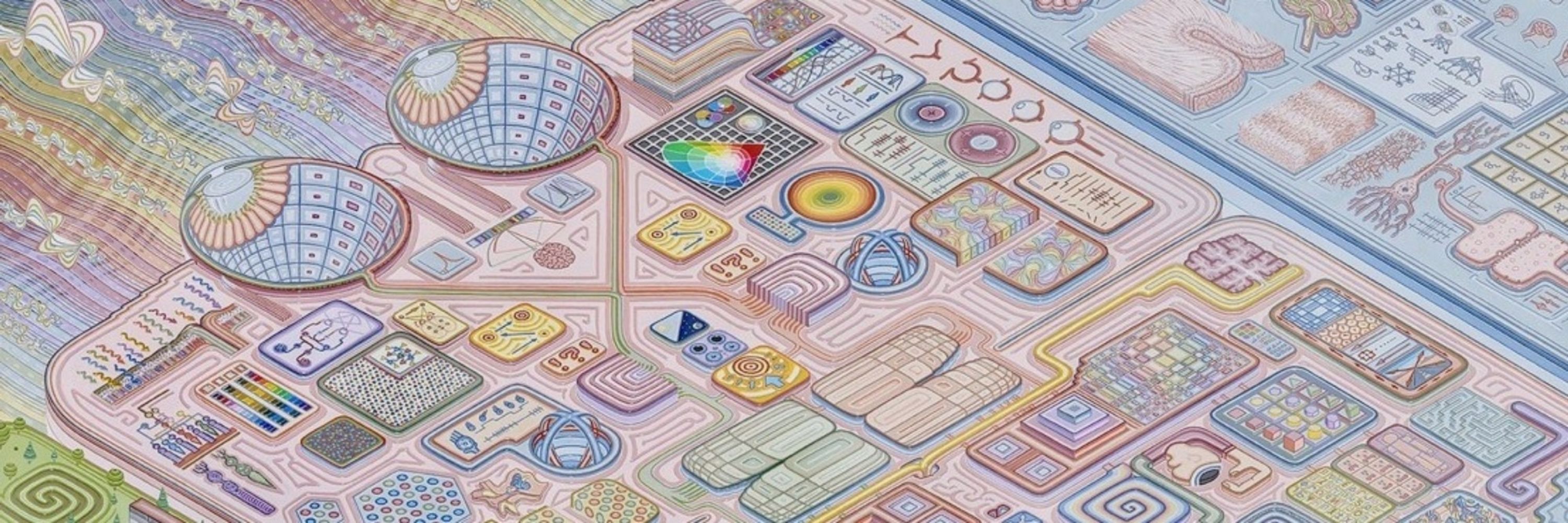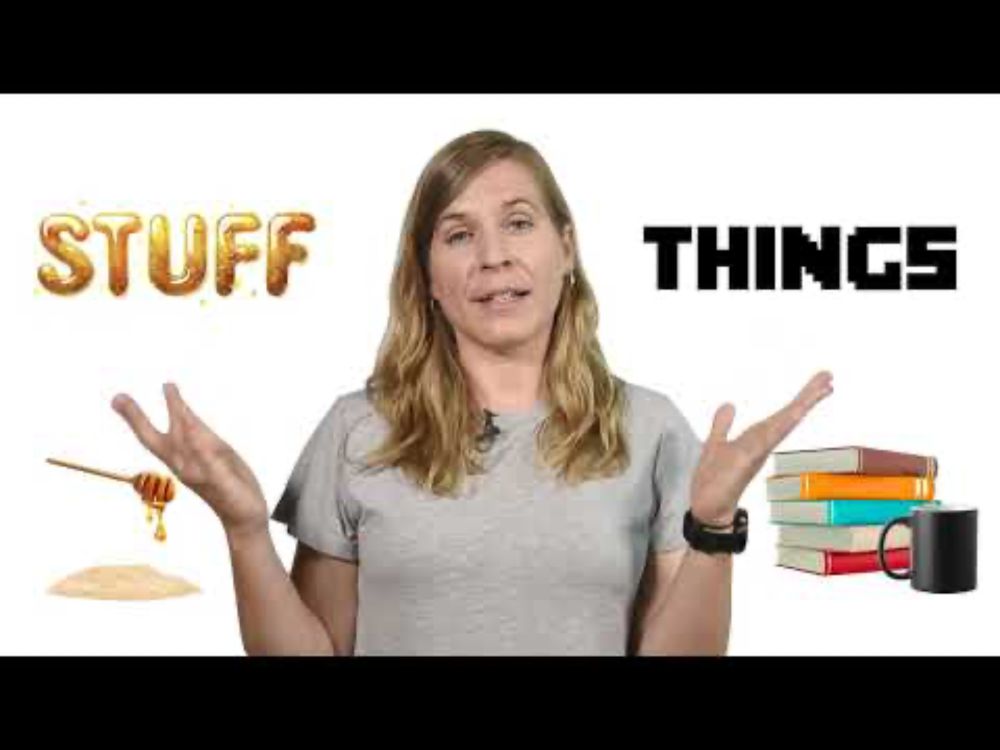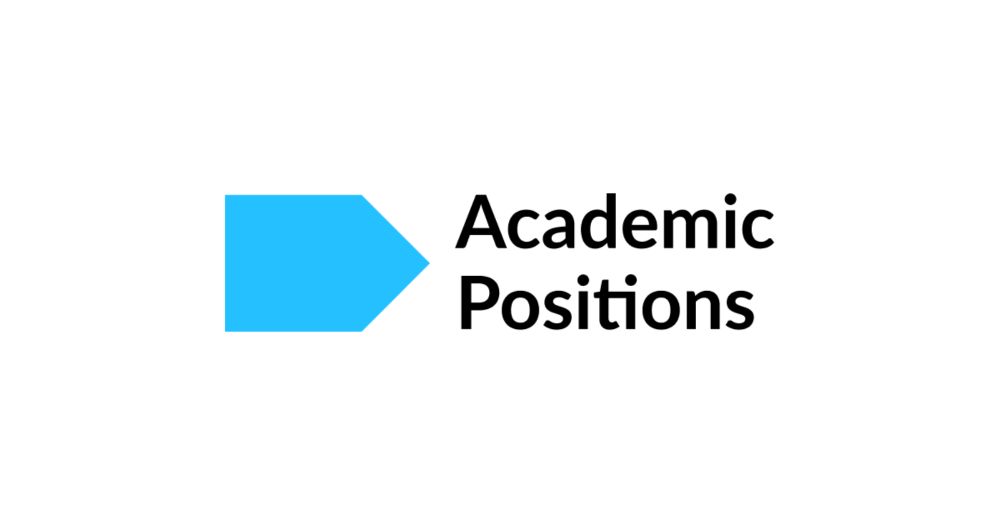
Lenny van Dyck
@levandyck.bsky.social
PhD candidate in CogCompNeuro at JLU Giessen
Exploring brains, minds, and worlds 🧠💭🗺️
https://levandyck.github.io/
Exploring brains, minds, and worlds 🧠💭🗺️
https://levandyck.github.io/
Pinned
Lenny van Dyck
@levandyck.bsky.social
· Jun 18
www.biorxiv.org
How is high-level visual cortex organized?
In a new preprint with @martinhebart.bsky.social & @kathadobs.bsky.social, we show that category-selective areas encode a rich, multidimensional feature space 🌈
www.biorxiv.org/content/10.1...
#neuroskyence
🧵 1/n
In a new preprint with @martinhebart.bsky.social & @kathadobs.bsky.social, we show that category-selective areas encode a rich, multidimensional feature space 🌈
www.biorxiv.org/content/10.1...
#neuroskyence
🧵 1/n
Reposted by Lenny van Dyck
Our target discussion article out in Cognitive Neuroscience! It will be followed by peer commentary and our responses. If you would like to write a commentary, please reach out to the journal! 1/18 www.tandfonline.com/doi/full/10.... @cibaker.bsky.social @susanwardle.bsky.social

August 29, 2025 at 6:43 PM
Our target discussion article out in Cognitive Neuroscience! It will be followed by peer commentary and our responses. If you would like to write a commentary, please reach out to the journal! 1/18 www.tandfonline.com/doi/full/10.... @cibaker.bsky.social @susanwardle.bsky.social
Really looking forward to #CCN2025!
On Tuesday, I'm presenting new work with @kathadobs.bsky.social on segregated vs. integrated face & body processing in visual cortex 😊🧍🧠
Using DNNs & fMRI, we test competing hypotheses, finding both distinct & shared selectivity.
Come by Poster A64 for more.
On Tuesday, I'm presenting new work with @kathadobs.bsky.social on segregated vs. integrated face & body processing in visual cortex 😊🧍🧠
Using DNNs & fMRI, we test competing hypotheses, finding both distinct & shared selectivity.
Come by Poster A64 for more.

August 11, 2025 at 1:25 PM
Really looking forward to #CCN2025!
On Tuesday, I'm presenting new work with @kathadobs.bsky.social on segregated vs. integrated face & body processing in visual cortex 😊🧍🧠
Using DNNs & fMRI, we test competing hypotheses, finding both distinct & shared selectivity.
Come by Poster A64 for more.
On Tuesday, I'm presenting new work with @kathadobs.bsky.social on segregated vs. integrated face & body processing in visual cortex 😊🧍🧠
Using DNNs & fMRI, we test competing hypotheses, finding both distinct & shared selectivity.
Come by Poster A64 for more.
Reposted by Lenny van Dyck
Very much looking forward to #CCN2025! Would love to see you at our lab's talks and posters, and meet me at the panel discussion in the Algonauts session on Wednesday!

August 11, 2025 at 10:52 AM
Very much looking forward to #CCN2025! Would love to see you at our lab's talks and posters, and meet me at the panel discussion in the Algonauts session on Wednesday!
Reposted by Lenny van Dyck
New preprint out! We propose that action is a key dimension shaping the topographic organization of object categories in lateral occipitotemporal cortex (LOTC)—and test whether standard and topographic neural networks capture this pattern. A thread:
www.biorxiv.org/content/10.1...
🧵 1/n
www.biorxiv.org/content/10.1...
🧵 1/n

Investigating action topography in visual cortex and deep artificial neural networks
High-level visual cortex contains category-selective areas embedded within larger-scale topographic maps like animacy and real-world size. Here, we propose action as a key organizing factor shaping vi...
www.biorxiv.org
August 7, 2025 at 3:17 PM
New preprint out! We propose that action is a key dimension shaping the topographic organization of object categories in lateral occipitotemporal cortex (LOTC)—and test whether standard and topographic neural networks capture this pattern. A thread:
www.biorxiv.org/content/10.1...
🧵 1/n
www.biorxiv.org/content/10.1...
🧵 1/n
Reposted by Lenny van Dyck
Super excited to share our new article: “Dissociable cortical regions represent things and stuff in the human brain” with @nancykanwisher.bsky.social, @rtpramod.bsky.social and @joshtenenbaum.bsky.social
Video abstract: www.youtube.com/watch?v=B0XR...
Paper: authors.elsevier.com/a/1lWxv3QW8S...
Video abstract: www.youtube.com/watch?v=B0XR...
Paper: authors.elsevier.com/a/1lWxv3QW8S...

Things and Stuff: How the brain distinguishes oozing fluids from solid objects
YouTube video by McGovern Institute
www.youtube.com
August 1, 2025 at 1:50 PM
Super excited to share our new article: “Dissociable cortical regions represent things and stuff in the human brain” with @nancykanwisher.bsky.social, @rtpramod.bsky.social and @joshtenenbaum.bsky.social
Video abstract: www.youtube.com/watch?v=B0XR...
Paper: authors.elsevier.com/a/1lWxv3QW8S...
Video abstract: www.youtube.com/watch?v=B0XR...
Paper: authors.elsevier.com/a/1lWxv3QW8S...
Reposted by Lenny van Dyck
🧠 NEW PREPRINT
Many-Two-One: Diverse Representations Across Visual Pathways Emerge from A Single Objective
www.biorxiv.org/content/10.1...
Many-Two-One: Diverse Representations Across Visual Pathways Emerge from A Single Objective
www.biorxiv.org/content/10.1...

Many-Two-One: Diverse Representations Across Visual Pathways Emerge from A Single Objective
How the human brain supports diverse behaviours has been debated for decades. The canonical view divides visual processing into distinct "what" and "where/how" streams – however, their origin and inde...
www.biorxiv.org
July 30, 2025 at 1:32 PM
🧠 NEW PREPRINT
Many-Two-One: Diverse Representations Across Visual Pathways Emerge from A Single Objective
www.biorxiv.org/content/10.1...
Many-Two-One: Diverse Representations Across Visual Pathways Emerge from A Single Objective
www.biorxiv.org/content/10.1...
Reposted by Lenny van Dyck
What makes humans similar or different to AI? In a paper out in @natmachintell.nature.com led by @florianmahner.bsky.social & @lukasmut.bsky.social, w/ Umut Güclü, we took a deep look at the factors underlying their representational alignment, with surprising results.
www.nature.com/articles/s42...
www.nature.com/articles/s42...

Dimensions underlying the representational alignment of deep neural networks with humans - Nature Machine Intelligence
An interpretability framework that compares how humans and deep neural networks process images has been presented. Their findings reveal that, unlike humans, deep neural networks focus more on visual ...
www.nature.com
June 23, 2025 at 8:03 PM
What makes humans similar or different to AI? In a paper out in @natmachintell.nature.com led by @florianmahner.bsky.social & @lukasmut.bsky.social, w/ Umut Güclü, we took a deep look at the factors underlying their representational alignment, with surprising results.
www.nature.com/articles/s42...
www.nature.com/articles/s42...
Reposted by Lenny van Dyck
In these tumultuous times, still happy to report a scientific achievement: our preprint on affordance perception was just published in PNAS!
www.pnas.org/doi/10.1073/...
Using behavior, fMRI and deep network analyses, we report two key findings. To recapitulate (preprint 🧵lost on other place):
www.pnas.org/doi/10.1073/...
Using behavior, fMRI and deep network analyses, we report two key findings. To recapitulate (preprint 🧵lost on other place):

Representation of locomotive action affordances in human behavior, brains, and deep neural networks | PNAS
To decide how to move around the world, we must determine which locomotive actions
(e.g., walking, swimming, or climbing) are afforded by the immed...
www.pnas.org
June 16, 2025 at 11:34 AM
In these tumultuous times, still happy to report a scientific achievement: our preprint on affordance perception was just published in PNAS!
www.pnas.org/doi/10.1073/...
Using behavior, fMRI and deep network analyses, we report two key findings. To recapitulate (preprint 🧵lost on other place):
www.pnas.org/doi/10.1073/...
Using behavior, fMRI and deep network analyses, we report two key findings. To recapitulate (preprint 🧵lost on other place):
How is high-level visual cortex organized?
In a new preprint with @martinhebart.bsky.social & @kathadobs.bsky.social, we show that category-selective areas encode a rich, multidimensional feature space 🌈
www.biorxiv.org/content/10.1...
#neuroskyence
🧵 1/n
In a new preprint with @martinhebart.bsky.social & @kathadobs.bsky.social, we show that category-selective areas encode a rich, multidimensional feature space 🌈
www.biorxiv.org/content/10.1...
#neuroskyence
🧵 1/n
www.biorxiv.org
June 18, 2025 at 12:28 PM
How is high-level visual cortex organized?
In a new preprint with @martinhebart.bsky.social & @kathadobs.bsky.social, we show that category-selective areas encode a rich, multidimensional feature space 🌈
www.biorxiv.org/content/10.1...
#neuroskyence
🧵 1/n
In a new preprint with @martinhebart.bsky.social & @kathadobs.bsky.social, we show that category-selective areas encode a rich, multidimensional feature space 🌈
www.biorxiv.org/content/10.1...
#neuroskyence
🧵 1/n
Reposted by Lenny van Dyck
What shapes the topography of high-level visual cortex?
Excited to share a new pre-print addressing this question with connectivity-constrained interactive topographic networks, titled "Retinotopic scaffolding of high-level vision", w/ Marlene Behrmann & David Plaut.
🧵 ↓ 1/n
Excited to share a new pre-print addressing this question with connectivity-constrained interactive topographic networks, titled "Retinotopic scaffolding of high-level vision", w/ Marlene Behrmann & David Plaut.
🧵 ↓ 1/n

June 16, 2025 at 3:11 PM
What shapes the topography of high-level visual cortex?
Excited to share a new pre-print addressing this question with connectivity-constrained interactive topographic networks, titled "Retinotopic scaffolding of high-level vision", w/ Marlene Behrmann & David Plaut.
🧵 ↓ 1/n
Excited to share a new pre-print addressing this question with connectivity-constrained interactive topographic networks, titled "Retinotopic scaffolding of high-level vision", w/ Marlene Behrmann & David Plaut.
🧵 ↓ 1/n
Reposted by Lenny van Dyck
There are 2 PhD positions in my lab in Amsterdam (collaboration with Sander Bohte, @tessamdekker.bsky.social and Ingmar Visser) on NeuroAI of developmental vision.
academicpositions.nl/ad/centrum-w...
academicpositions.nl/ad/centrum-w...

2 PHD-STUDENTS IN NEUROAI OF DEVELOPMENTAL VISION (M/F/X) - Academic Positions
Join an interdisciplinary team to research developmental vision in NeuroAI. Requires a strong computational background, deep learning skills, and a Master's ...
academicpositions.nl
May 28, 2025 at 9:29 AM
There are 2 PhD positions in my lab in Amsterdam (collaboration with Sander Bohte, @tessamdekker.bsky.social and Ingmar Visser) on NeuroAI of developmental vision.
academicpositions.nl/ad/centrum-w...
academicpositions.nl/ad/centrum-w...
Reposted by Lenny van Dyck
Announcement: Workshop at #CCN2025
🧠 Modeling the Physical Brain: Spatial Organization & Biophysical Constraints
🗓️ Monday, Aug 11 | 🕦 11:30–18:00 CET | 📍 Room A2.07
🔗 Register: tinyurl.com/CCN-physical...
#NeuroAI @cogcompneuro.bsky.social
🧠 Modeling the Physical Brain: Spatial Organization & Biophysical Constraints
🗓️ Monday, Aug 11 | 🕦 11:30–18:00 CET | 📍 Room A2.07
🔗 Register: tinyurl.com/CCN-physical...
#NeuroAI @cogcompneuro.bsky.social
Home
tinyurl.com
May 27, 2025 at 2:44 PM
Announcement: Workshop at #CCN2025
🧠 Modeling the Physical Brain: Spatial Organization & Biophysical Constraints
🗓️ Monday, Aug 11 | 🕦 11:30–18:00 CET | 📍 Room A2.07
🔗 Register: tinyurl.com/CCN-physical...
#NeuroAI @cogcompneuro.bsky.social
🧠 Modeling the Physical Brain: Spatial Organization & Biophysical Constraints
🗓️ Monday, Aug 11 | 🕦 11:30–18:00 CET | 📍 Room A2.07
🔗 Register: tinyurl.com/CCN-physical...
#NeuroAI @cogcompneuro.bsky.social
Reposted by Lenny van Dyck
What are the organizing dimensions of language processing?
We show that voxel responses during comprehension are organized along 2 main axes: processing difficulty & meaning abstractness—revealing an interpretable, topographic representational basis for language processing shared across individuals
We show that voxel responses during comprehension are organized along 2 main axes: processing difficulty & meaning abstractness—revealing an interpretable, topographic representational basis for language processing shared across individuals
May 23, 2025 at 5:00 PM
What are the organizing dimensions of language processing?
We show that voxel responses during comprehension are organized along 2 main axes: processing difficulty & meaning abstractness—revealing an interpretable, topographic representational basis for language processing shared across individuals
We show that voxel responses during comprehension are organized along 2 main axes: processing difficulty & meaning abstractness—revealing an interpretable, topographic representational basis for language processing shared across individuals
Reposted by Lenny van Dyck
Excited to share on my first post on Bluesky our new paper in NHB examine the innate and developing aspects of the wiring of the visual system. Congratulations to @emilykubota.bsky.social and the baby MRI team on this important work
The latest paper from my PhD is now out in Nature Human Behavior! rdcu.be/edRwQ

White matter connections of human ventral temporal cortex are organized by cytoarchitecture, eccentricity and category-selectivity from birth
Nature Human Behaviour - Kubota et al. find that white matter connections of ventral temporal cortex are innately organized by cytoarchitecture, category and eccentricity from birth, and also...
rdcu.be
March 21, 2025 at 6:08 PM
Excited to share on my first post on Bluesky our new paper in NHB examine the innate and developing aspects of the wiring of the visual system. Congratulations to @emilykubota.bsky.social and the baby MRI team on this important work

